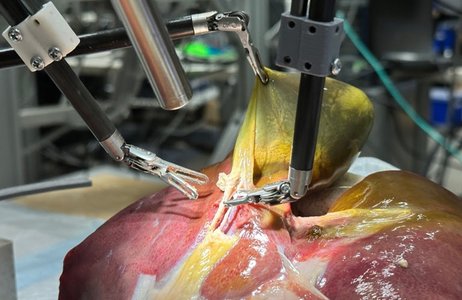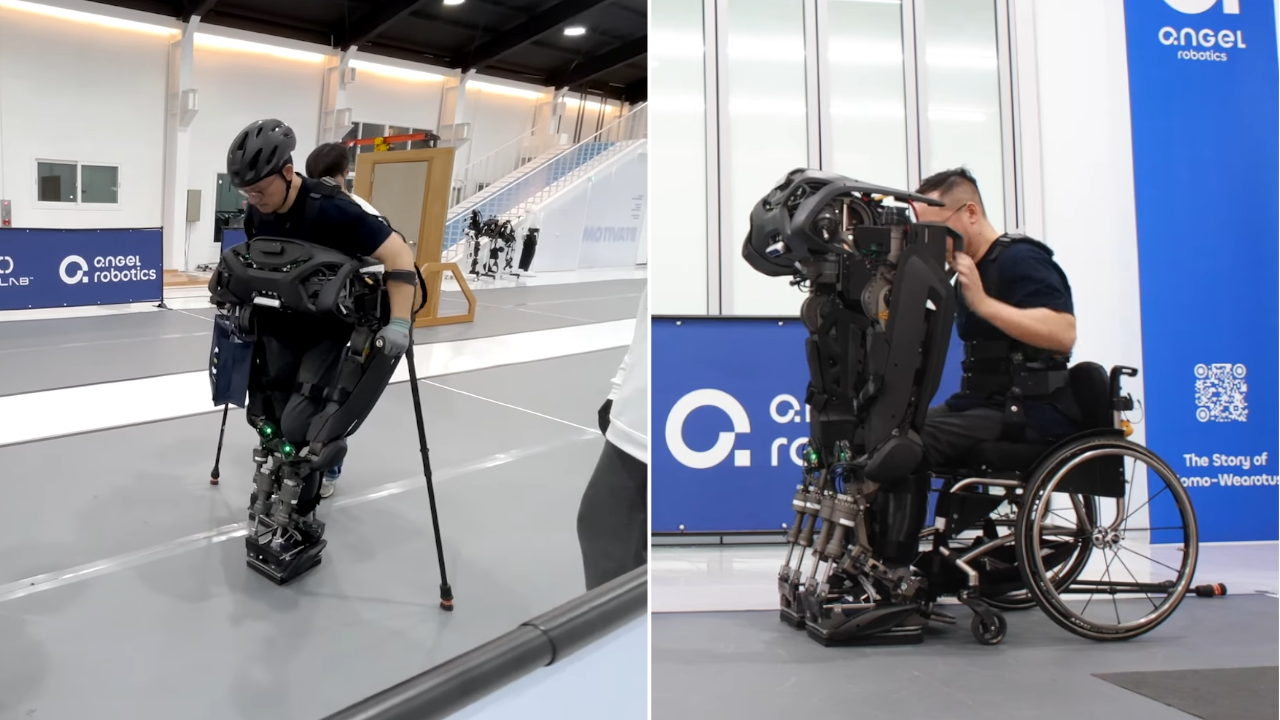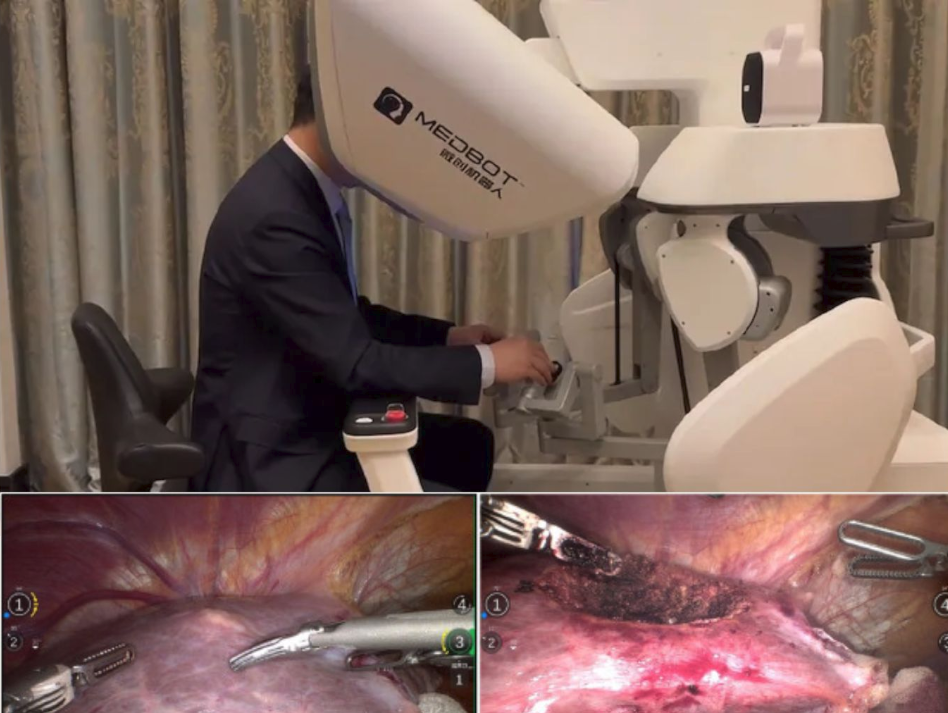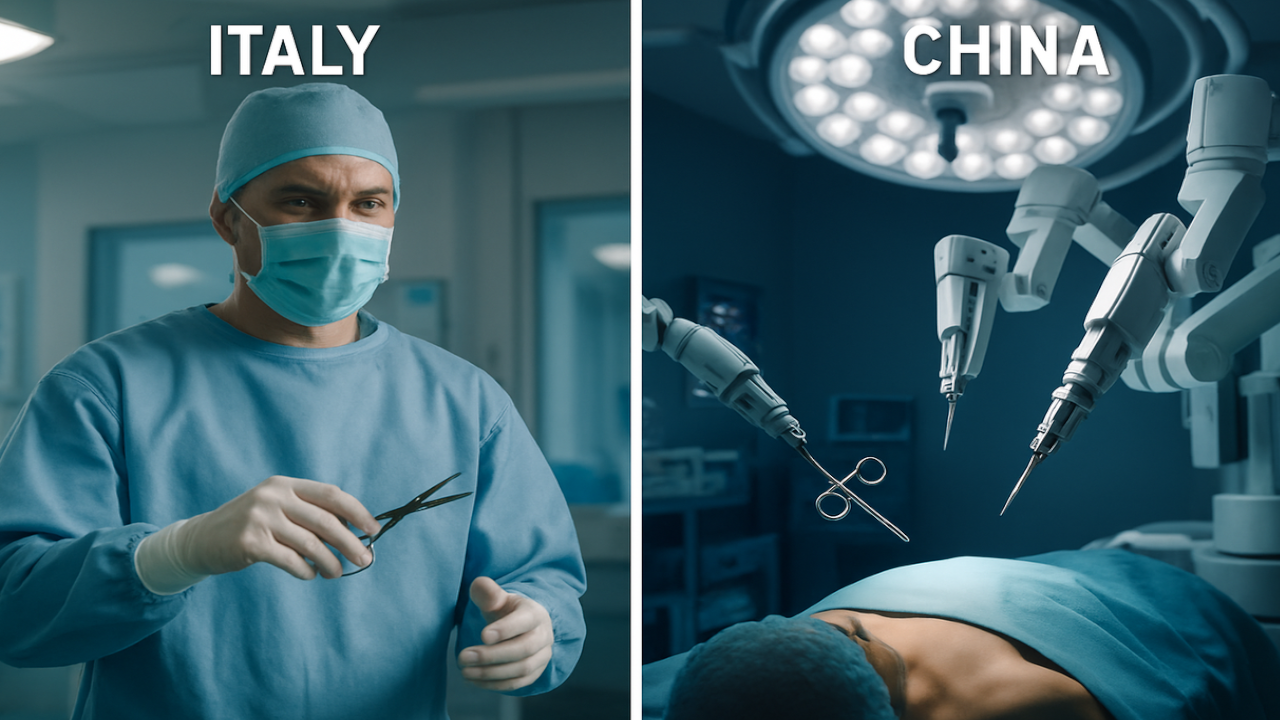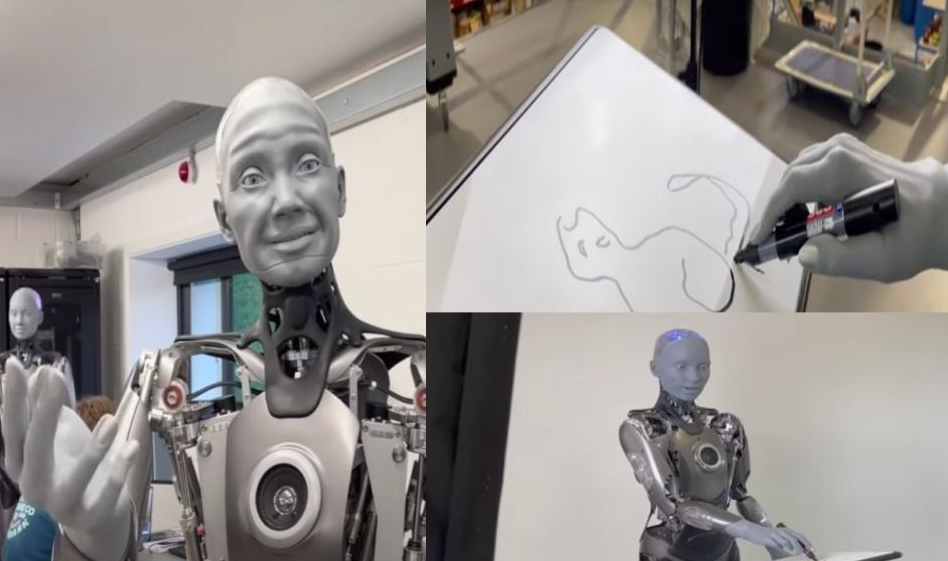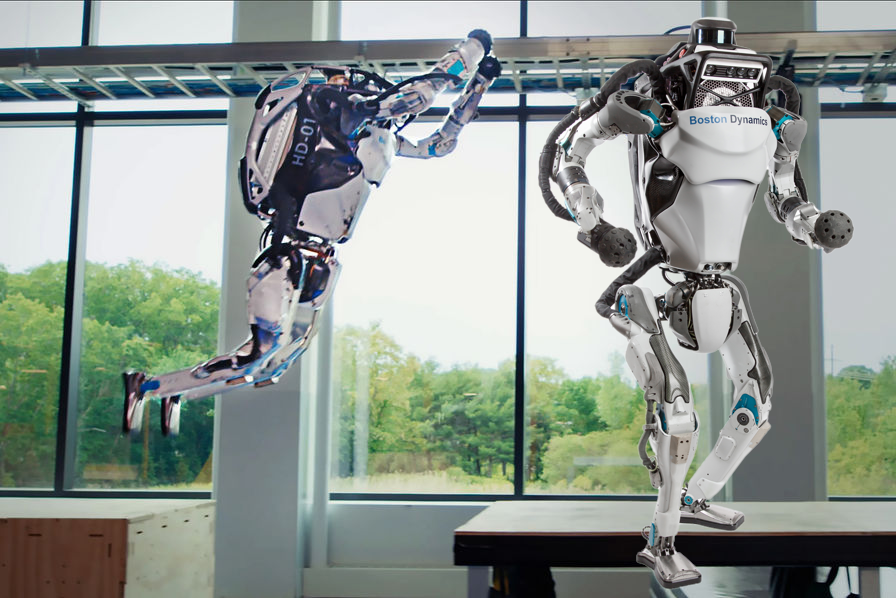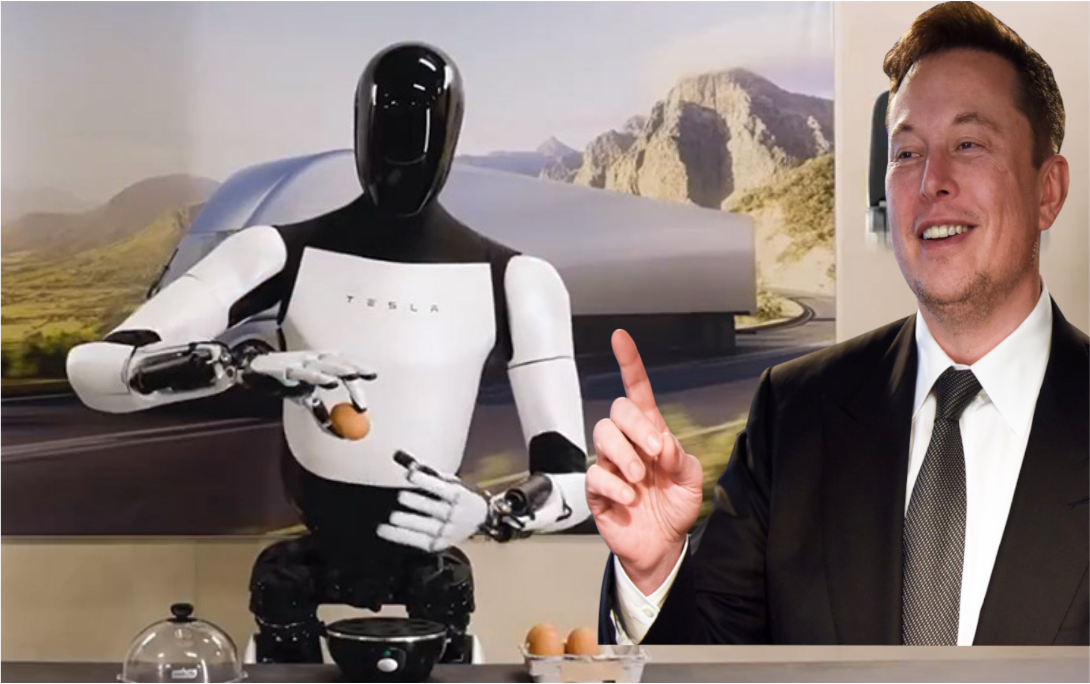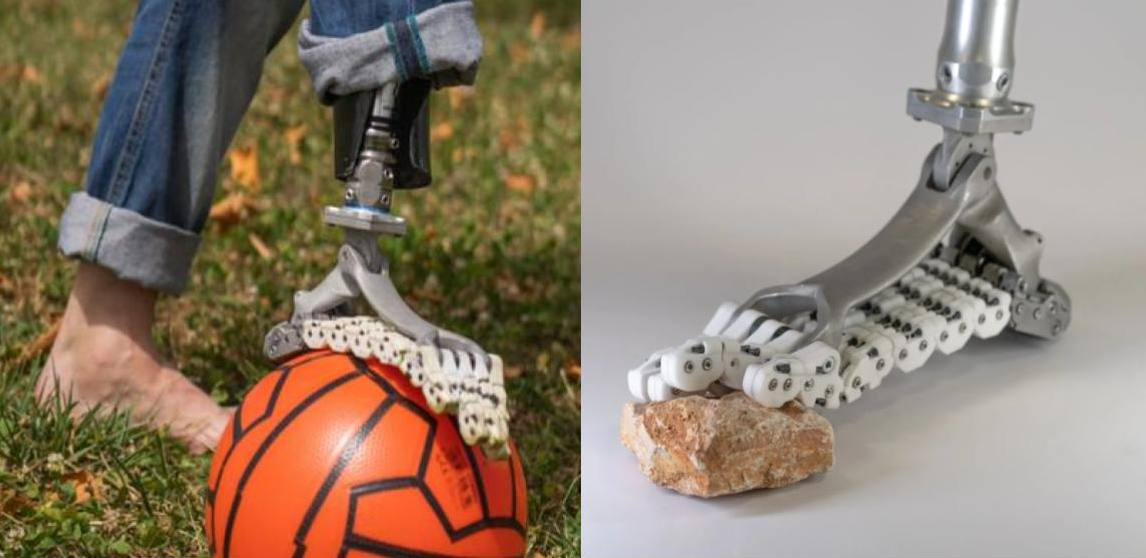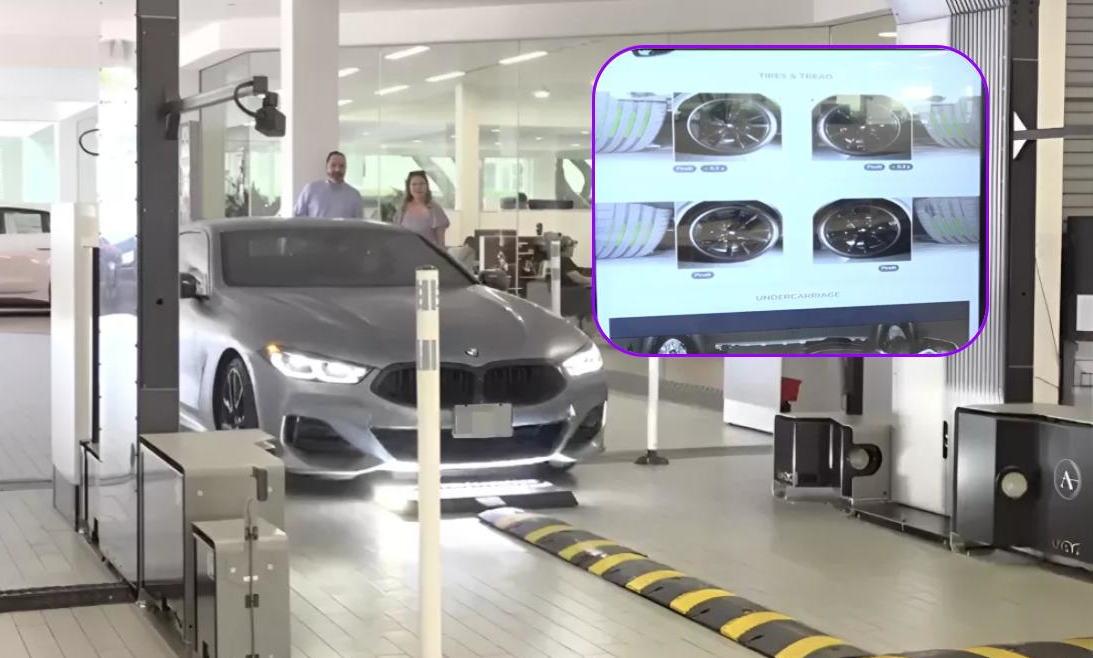In an unprecedented medical and scientific achievement, the surgical robot "STR-H," developed by Johns Hopkins University, successfully performed a complete gallbladder removal without any manual human intervention or pre-programmed steps, relying solely on its own expertise and voice commands from the medical team. This pioneering experiment was conducted on a hyper-realistic anatomical model that accurately simulates the human body, using porcine (pig) tissue to mimic live human tissue.
During the procedure, the medical team treated the robot as if it were a surgical trainee, giving it clear voice commands such as, "Grasp the fundus of the gallbladder," and "Move the arm slightly to the left." The robot responded to these commands with extreme precision, carrying out the required movements as if it were interacting with a medical supervisor guiding it step-by-step.
The robot demonstrated a superior ability to complete all 17 surgical tasks necessary for a cholecystectomy (gallbladder removal), including the precise identification of critical arteries and bile ducts, placing surgical clips in their correct locations, and making incisions with scissors with 100% accuracy. Most importantly, it showed the ability to handle unexpected situations and independently correct errors that occurred during the execution, a key trait of expert surgeons.
This success is attributed to an advanced training technique known as "Language-Conditioned Imitation Learning." The robot's artificial intelligence system was fed hundreds of hours of real surgical videos, accompanied by detailed text descriptions of each step. This method enabled the robot to link voice commands to complex surgical actions, teaching itself how to perform the procedure like a supervised medical trainee.
This achievement represents a quantum leap from the previous generation of robots, such as "STAR," which in 2022 successfully performed surgery on the soft tissue of a live pig completely autonomously, but based on a pre-programmed plan. The current innovation lies in the robot's ability to interact and understand language in real-time, making it closer to an intelligent surgical partner than a programmed tool.
The research team leader, Dr. Axel Krieger, a professor in the Department of Mechanical Engineering, stated that this progress means a shift from robots that perform a single programmed task to robots that actually "understand" the meaning, steps, and challenges of surgery.
Thanks to this breakthrough, the world is moving closer to a future where intelligent robots are relied upon in operating rooms, not just as assistive tools, but as smart, autonomous surgeons who can reduce human error and potentially make complex surgeries accessible in remote areas.
The study was published in the journal Science Robotics.
